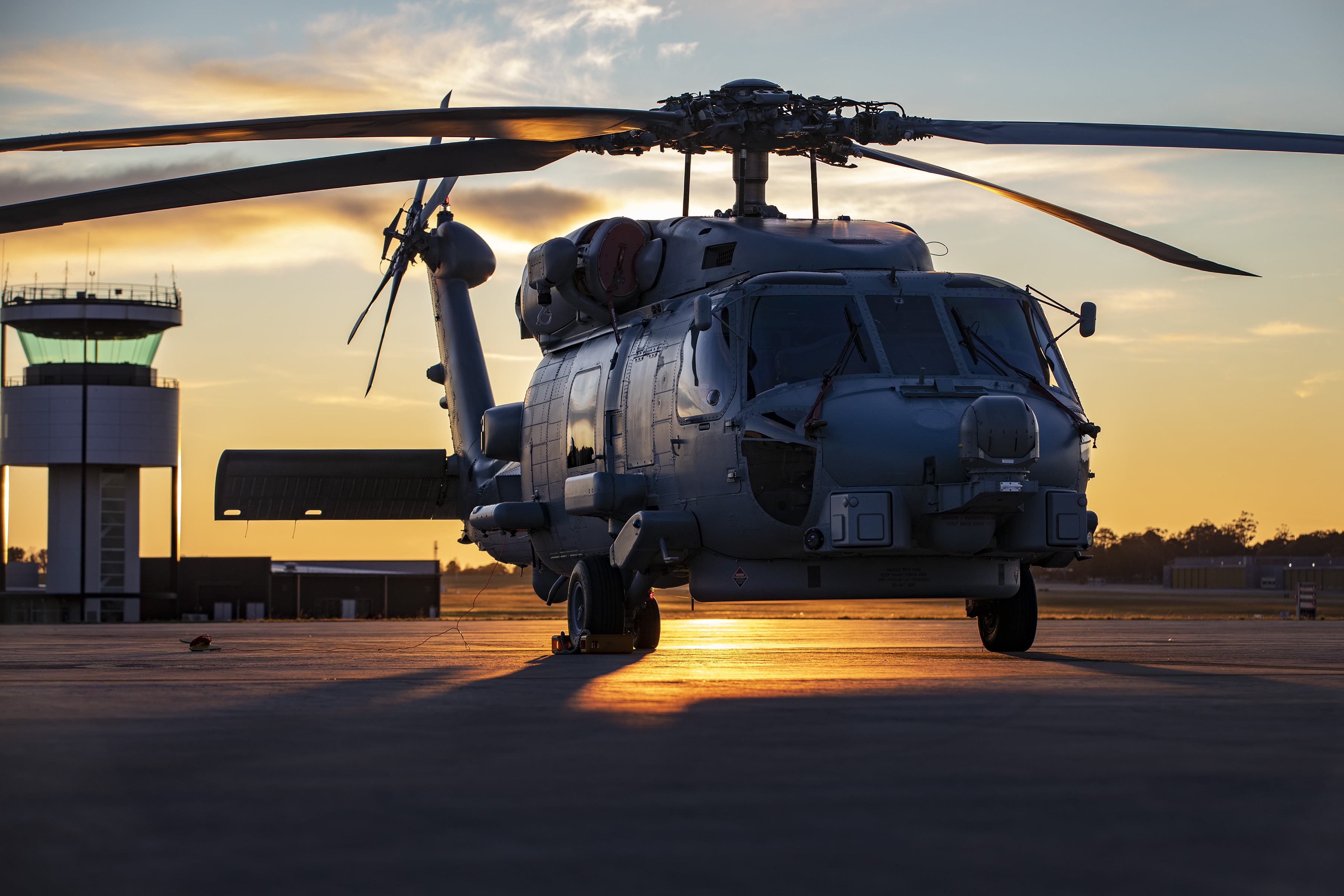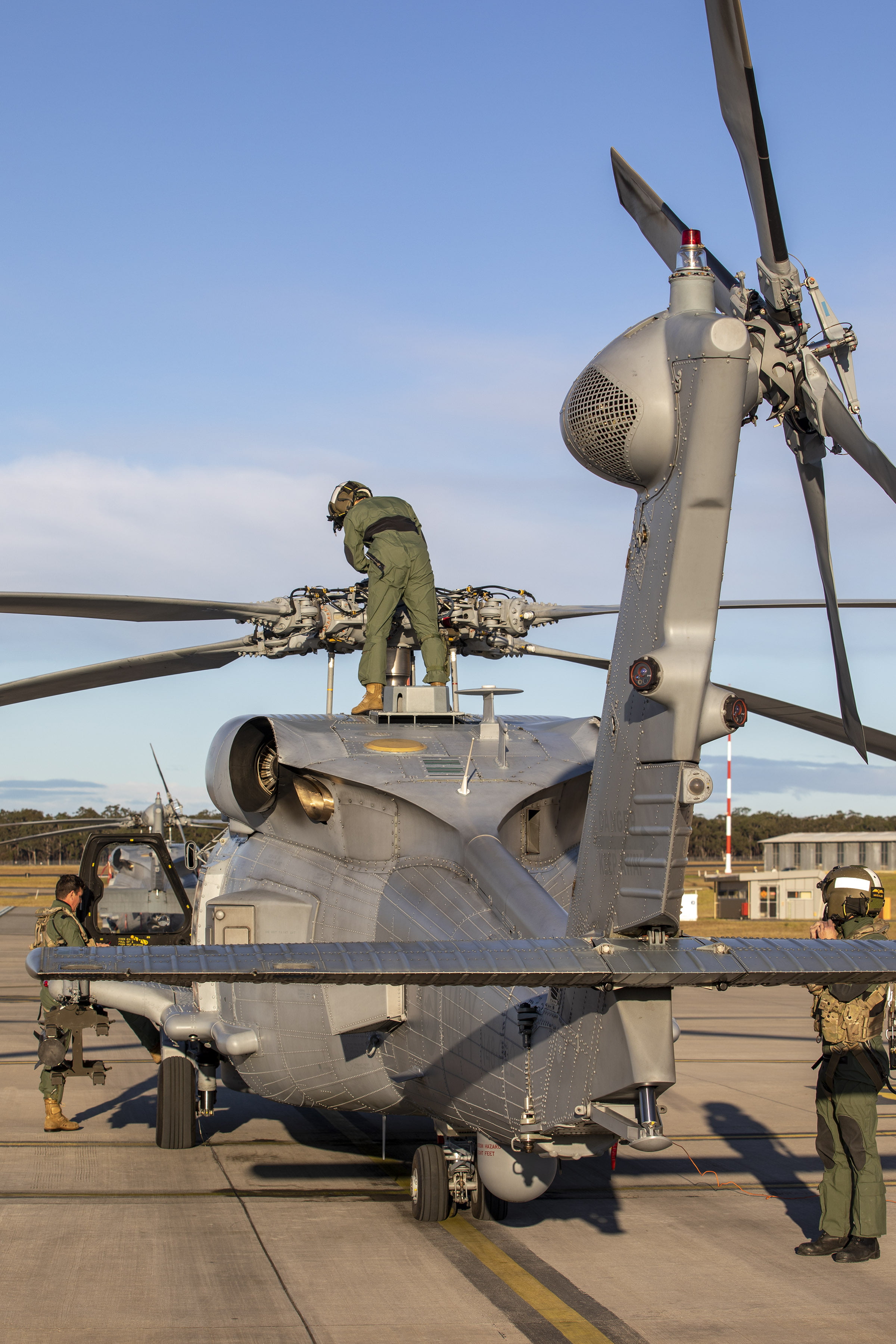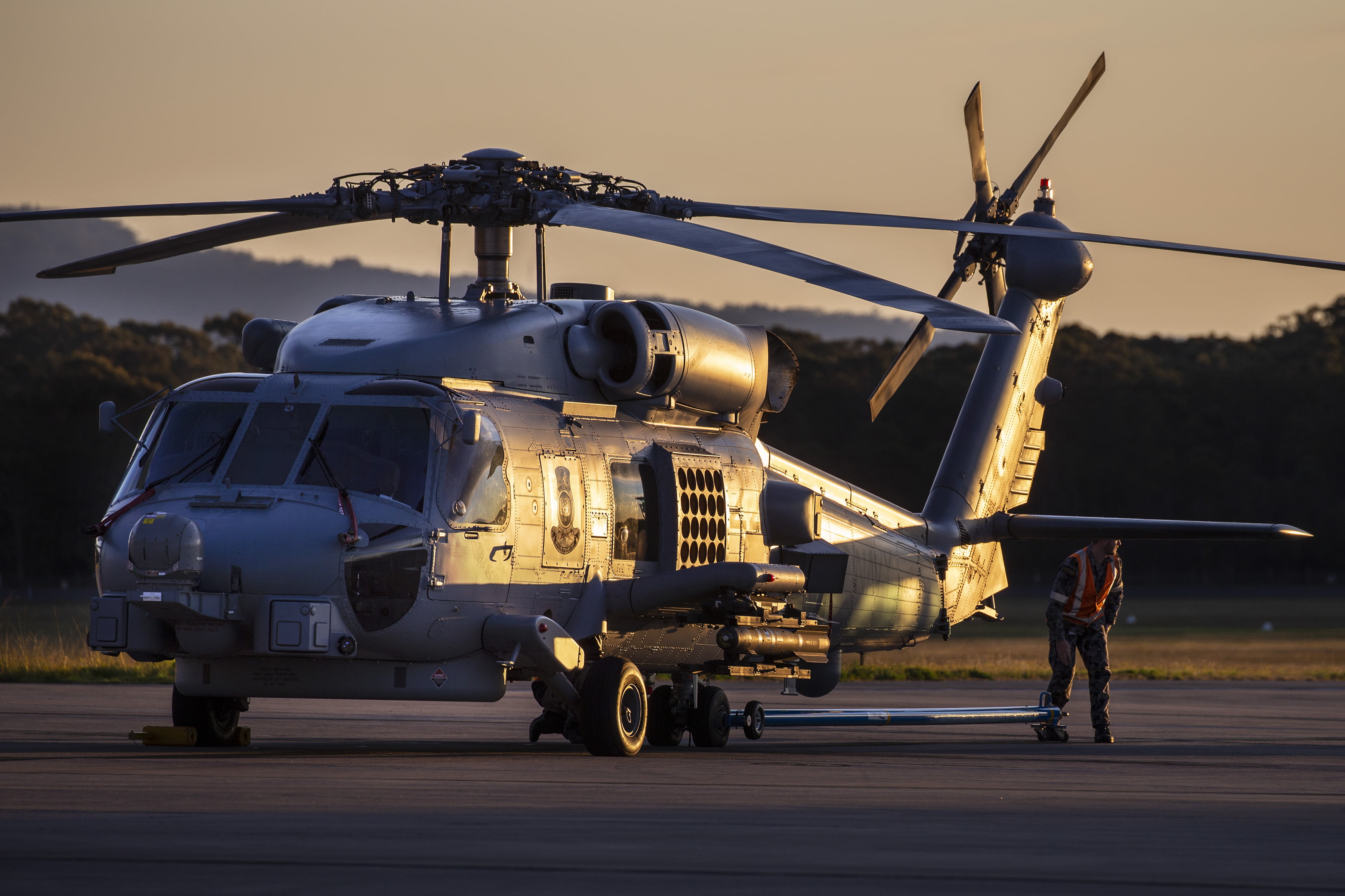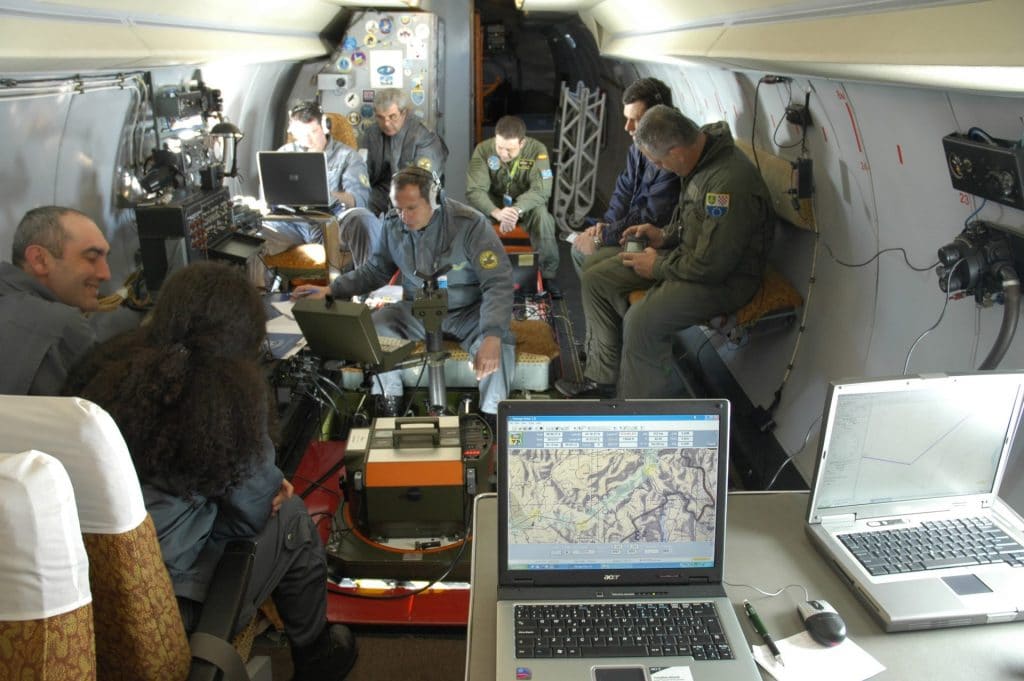By Richard Weitz
On July 6, the member states of the Open Skies Treaty (OST) met at an online special conference to discuss the treaty’s future in light of the U.S. decision to withdraw from the treaty in November.
At this session, no other party indicated an intention to withdraw, though the Russian government reaffirmed its right to do so later. Meanwhile, there are indications that if Joe Biden wins the U.S. presidential elections, his administration could rejoin the OST next year.
The treaty’s stated purpose is to “contribute to the further development and strengthening of peace, stability and co-operative security” and “improve openness and transparency, to facilitate the monitoring of compliance with existing or future arms-control agreements and to strengthen the capacity for conflict prevention and crisis management.”
In recent months, State Department officials have offered several reinforcing reasons for leaving the treaty.
First, the U.S. government assessed that Russia was not fully compliant with the accord.
A sore point has been Moscow’s perennial practice of limiting overflights at certain times and locations over Russian territory. The treaty does not allow any part of a member state’s territory to be declared off-limits.
More than any specific violation, what seems to have particularly irked officials was the “whack-a-mole” nature of the Russian violations, with a serial sequence of varying violations. Assistant Secretary of State Christopher Ford complained about Moscow’s “shifting kaleidoscope of different violations”, ranging from the overflight limits to not allowing flights on Russian national holidays.
According to Secretary of State Mike Pompeo, who submitted the U.S. six-month withdrawal notice on May 21, Moscow “acted as if it were free to turn its obligations off and on at will,”
But now the Trump administration decided to hold Russia accountable for its violations.
Yet, Secretary Ford added that the U.S. withdrawal decision had been, in effect, a “totality-of-the-circumstances decision.” He explained that “some of the things that have undermined confidence-building purposes of the treaty are things that are a result of behaviors by the Russian Federation that are not, in fact, violations of the treaty. Other aspects of Russian behavior are very much violations of the treaty. And so, it’s the combination of all those things that has led to this decision.”
In this regard, the second stated reason for the U.S. withdrawal was the concern that Russia was employing OST as a competitive weapon against the United States.
In the realm of lawfare, Russia tries to legitimize its contested territorial claims regarding Abkhazia and South Ossetia, by limiting overflights near these occupied regions of Georgia to compel other countries to accept Moscow’s false narrative that these areas are independent countries.
Similarly, in designating an airfield in Crimea as an OST refueling base, Moscow is trying to secure de facto recognition of its illegal annexation of the Peninsula.
Thirdly, U.S. officials worry that Russian planes been exploited the treaty to collect military-relevant intelligence imagery on critical Western infrastructure to target it more effectively with conventionally armed precision-guided missiles and perhaps cyber weapons.
The logic is that, unlike the United States, Russia has not been able to develop an effective network of spy satellites due to limited funding and other challenges.
However, since the Russian military has recently invested in modernized surveillance planes (a modified Tupolev Tu-154 aircraft upgraded in 2016 with digital electro-optical sensors), Russia can potentially use these flights to obtain some targeting imagery its satellites cannot fully provide.
Interestingly, the U.S. intelligence community had raised concerns about this potential even before Donald Trump was elected president.
In March 2016, Marine Corps Lt. Gen. Vincent Stewart, director of the Defense Intelligence Agency, told members, “The things that you can see, the amount of data you can collect, the things you can do with post-processing, allows Russia, in my opinion, to get incredible foundational intelligence on critical infrastructure, bases, ports, all of our facilities… it gives them a significant advantage.”
Fourth, by withdrawing from the OST, the INF, and other accords, the United States intends to demonstrate that it takes arms control compliance extremely seriously and will abandon accords where violation or circumvention occurs.
These steps also aim to enhance Washington’s leverage in the New START extension negotiations, making its demands for greater Russian concessions more credible.
Finally, though the Pentagon has sought to modernize the U.S. long-range surveillance planes, Congress declined to provide the requested funds, while lavishing money on the superior U.S. reconnaissance satellite network–thereby effectively decreasing the value of the OST flights for the United States.
Specifically, the Pentagon has repeatedly tried to upgrade its two OC-135B aircraft, manufactured back in 1961; including giving them digital equipment to replace their wet film photography. However, Congress declined to fund these upgrades, citing the existing advanced (and very expensive) network of surveillance satellites.
The near-term impact of the U.S. withdrawal from the OST will likely prove modest. The July 6 meeting made clear that no other country will withdraw soon. According to the treaty, the United States could conduct or receive only 42 flights each year, which is not many given the large number of satellite overflights.
Admittedly, surveillance planes can collect different kinds of data than the space satellites.
However, the real value of the U.S. participation was to symbolize U.S. cooperation with Russia when relations were good or, as in 2014, U.S. solidarity with countries opposing Russia by means of targeted overflights.
Additionally, Russian-U.S. arms control relations are already so bad that this withdrawal could hardly make them worse.
Meanwhile, the OST participating governments are preoccupied with COVID-19, elections, and other issues. Even in the arms control community, attention remains focused on whether New START will be extended before next February.
Looking ahead, what remains to be seen is whether Russia will remain in the treaty.
Russian officials left this option open at the July 6 meeting. If Moscow leaves, the treaty could collapse since it would make no sense for other states to remain a party, given their focus is primarily on Russian military activities. Russia receives far more OST-related overflights than any other county.
Moscow’s withdrawal would support the Russian government’s narrative that the United States is wrecking yet another arms control regime. Yet, a Russian departure would come at a price since its surveillance planes can then no longer fly over U.S. military bases in Europe.
Russia’s remaining in the OST would also allow the United States to rejoin.
Biden’s team opposed the withdrawal decision but would only be able to rejoin the treaty if it still exists.
It is easier to maintain an existing multinational treaty than to make a new one. Though the Russian government has insists that Washington would need to accept any changes made to the OST following its departure, these will probably be modest in coming months.
The Democrats, however, seem cross-pressured on Russia-related issues.
While they blame Russian interference for their candidate’s loss in the 2016 presidential election, they also criticize the Trump administration for exiting several key arms control treaties.
A final issue concerns Western solidarity.
The Russian government will naturally try to exploit transatlantic differences over the OST issue.
Many NATO members and partners agree that some Russian actions have violated the treaty, but some view these actions as insufficiently grave to warrant withdrawing from the treaty—and regret the U.S. move.
Additionally, unlike in the case of the its Intermediate-Range Nuclear Forces (INF) Treaty withdrawal, where two U.S. administrations devoted years of effort to successfully make their case, there was seemingly less consultation prior to making the U.S. OST decision.
Since Washington did not secure an allied consensus on its withdrawal—and the OST is a multilateral agreement rather than an essentially bilateral one like the INF—the United States should avoid pressing its partners to leave the treaty as well as take further measures to address allied concerns.
For example, Washington should follow through with plans to offer European states additional data to compensate for the intelligence they could lose from the U.S. withdrawal.
Of course, the procedure for sharing highly classified satellite data is more cumbersome
Fortunately, though the proliferation of military relevant technologies can have destructive effects on arms control (as with the spreading of ballistic missile technologies to many countries outside the INF Treaty), in this case improving commercial space technologies could help fill the gap engendered by the U.S. withdrawal.
Commercially available imagery is presently approximately as good as allowed on OST planes and are likely to become better and substantially cheaper, considering the private space sector is taking off.
Currently, it takes longer to change the course of satellites since they are placed into pre-planned orbits, while planes can flexibly maneuver largely at will. However, if satellites were launched more frequently, they could become as flexible as planes in terms of timely re-routing and re-tasking.
The featured photo: A joint Bulgarian-Spanish flight over Bosnia and Herzegovina, 28 March 2007, under the Open Skies Treaty. Photo: OSCE (CC-BY-ND)







